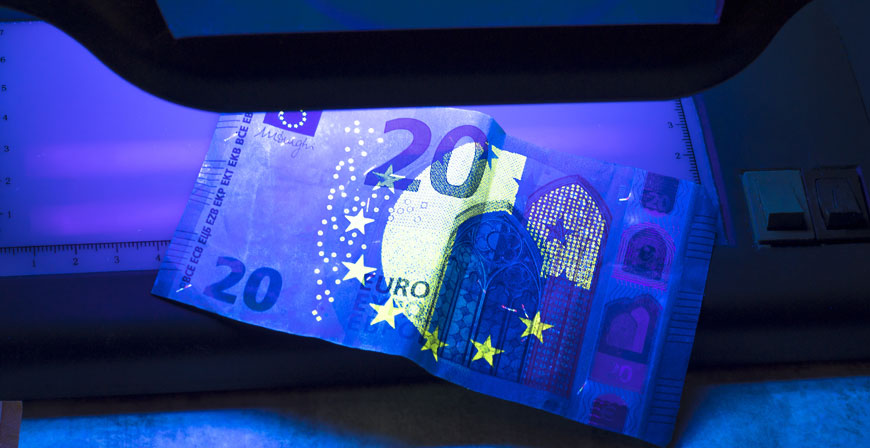The Rise of Fake Products: A Comprehensive Overview
In today's global marketplace, counterfeit goods have actually ended up being amazingly pervasive. From high-end style products to electronic gadgets, the fake product industry has turned into a multibillion-dollar venture that impacts consumers, companies, and economies worldwide. This short article will explore the phenomenon of buying fakes, checking out the attraction behind counterfeit products, their ramifications, and assistance for customers looking for to navigate this complex landscape.
Understanding the Allure of Fake Products
1. Cost-Effectiveness
Among the main reasons customers choose fake items is the significant cost savings. Genuine high-end products can carry significant cost, making them economically out of reach for numerous. Counterfeit versions typically offer for a portion of the expense, supplying an appealing option for those who want the visual of high-end brand names without the accompanying cost.
2. Trend Accessibility
Fashion patterns often shift rapidly, prompting customers to purchase current designs. However, buying real designer items for each new season can be economically unfeasible. Fake products allow individuals to remain on pattern without breaking the bank, making them particularly interesting more youthful customers and those with restricted spending plans.
3. Social Status
In numerous cultures, the ownership of luxury brands is connected with social status and eminence. Counterfeit items can offer a semblance of this status, enabling individuals to predict an image of wealth and success without the accompanying monetary problem of authentic items.
The Implications of Buying Fakes
1. Economic Impact
While counterfeit items might offer a short-term monetary benefit to customers, the broader financial ramifications are considerable. The counterfeit industry weakens legitimate businesses, leading to lost sales and damage to brand track record. According to reports from the International Chamber of Commerce, the total economic worth lost due to counterfeiting and piracy could reach over $4.2 trillion by 2022, affecting task markets and state incomes worldwide.
2. Safety and Quality Concerns
Counterfeit products often do not have the quality and safety guarantee of genuine items. Products like electronics, cosmetics, and pharmaceuticals might posture health dangers, as they do not undergo basic security screening or quality assurance procedures. For example, counterfeit cosmetics can include damaging chemicals, while fake electronic devices may pose fire risks due to inferior products.
3. Ethical Considerations
The trading of fake products raise ethical concerns surrounding labor practices and ecological impacts. Counterfeit items are often produced in environments that make use of workers, offering low salaries and poor working conditions. Furthermore, the production of these goods usually involves very little regard for ecological sustainability.
How to Spot Fake Products
For customers careful of buying counterfeit products, finding out to identify fakes is crucial. Here are a number of tips to assist prevent falling prey to counterfeiters:
1. Research the Retailer
Validate authenticity: Seek sellers with recognized credibilities and favorable consumer evaluations.
Examine for official collaborations: Authentic brands normally have actually designated sellers or authorized dealers.
2. Analyze Prices
Too good to be real: If an offer seems excessively inexpensive compared to conventional market prices, proceed with care; it's most likely a fake.
Cost consistency: Compare rates throughout multiple sites to gauge what a fair market price need to be.
3. Check Product Details
Quality and craftsmanship: Genuine items generally have premium surfaces, stitching, and materials. echtes geld kaufen and labels for precision.
Packaging: Authentic items frequently are available in top quality packaging with security functions (e.g., holograms).
4. Look For Legal Channels
Accrediting information: Reliable items frequently include proof of credibility, such as identification numbers or authenticity cards.
Return policies: Check for reasonable return policies, as trustworthy sellers ought to supply the choice to return unwanted or defective items.
Alternatives to Buying Fakes
For consumers who prefer economical options without risking the risks of counterfeit items, consider looking for options:
1. Second-Hand and Vintage Items
Purchasing used luxury goods can supply access to authentic items at lower prices. Thrift shops, online marketplaces, and consignment shops often offer designer products without the premium cost.
2. Affordable Brands
Various brands concentrate on producing high-quality items that emulate high-end styles without the associated expenses. Looking into these brands can yield stylish choices without jeopardizing ethics.
3. Do it yourself Projects
For the artistically inclined, crafting or customizing products can in some cases use both a gratifying experience and a special product that prevents the counterfeit predicament.
Frequently Asked Questions About Buying Fakes
Q1: Are there legal effects for buying counterfeit goods?
Purchasing counterfeit products might result in legal implications depending upon local laws. While customers might not face serious penalties, knowingly acquiring fakes could result in seizure of goods and fines.
Q2: How can I report counterfeit items?
Lots of countries have systems to report counterfeit sellers. Consumers can report suspicious online listings or vendors to regional police or organizations specializing in intellectual home security.
Q3: What should I do if I unconsciously bought a fake product?
If you find that your purchase is counterfeit, consider getting in touch with the seller for a return or refund. You can likewise report the seller to the platform utilized for the purchase.
Q4: Can counterfeit items ever be of great quality?
While some counterfeit products might appear well-crafted, they often lack the quality control of legitimate brands and can position security threats. It is advised to focus on purchasing genuine products for much better sturdiness and security.

Q5: Why do some people still buy fakes regardless of the risks?
Regardless of the risks and ethical factors to consider, lots of people continue to buy counterfeit goods due to their affordability and desire to partake in the high-end experience without considerable monetary commitment.
Conclusion
The intricacy surrounding the consumption of counterfeit products is complex, encompassing economic, ethical, and safety elements. As the counterfeit market continues to grow, it is important for customers to remain informed and watchful. By recognizing geldfälschung kaufen of buying fakes and exploring ethical options, people can make informed options that contribute favorably to the larger economy and society.
